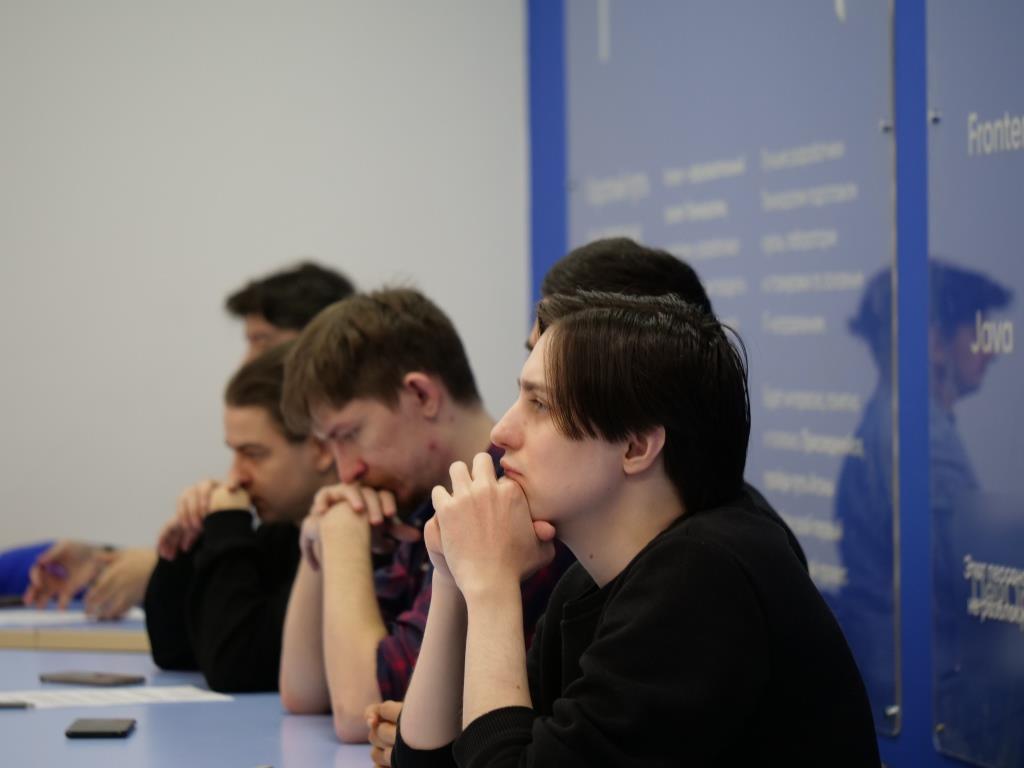New tools for game development discussed at KFU

The All-Russian Conference of Video Game Developers Homo ludens (The Playing Human) was held at the Institute of IT and Intelligent Systems.
On 27 December, practicing developers, students and employees of KFU’s Department of the Game Development Industry held a conference where they discussed current issues.
“The conference is aimed at developing the theoretical foundations of video game development. Today, a large number of specialists in GameDev popularize a practical approach, for example, the development of new game mechanics. We position ourselves as a school of technical development of video games: we formalize some approaches, verify video games, modernize approaches using artificial intelligence,” emphasized Vlada Kugurakova, Chair of the Department of Game Development Industry.
One of the aspects that needs improvement, according to senior student Yulia Karpeeva, is the design document of massive multiplayer online role-playing games, such as World of Warcraft and others. She gave a report on “Specifics of creating a GDD for MMORPG in VR”. GDD is the main document that describes the idea, concept, mechanics, plot, graphics and other aspects of a video game.
“The difficulties in developing multiplayer VR games lie in the unique requirements for the user experience, for example: limited visibility, immersion, interactivity, hardware limitations, and so on. I set myself the task of developing a structure of a template solution for a game task document in multiplayer games and virtual reality and automating the generation of documentation. The result should be a tool for generating a document based on a template structure and user requests. For example, a user (developer) writes a request for a game, and the tool returns a ready-made GDD,” said Yulia.
Developers will receive a ready-made design document, which describes all aspects of the game, from the concept to the implementation details. Thus, teams of programmers, game designers, artists, scriptwriters, testers will be able to coordinate their actions. Or, for example, present their ready-made games to investors, publishers and partners.
Another important topic was touched upon by Junior Researcher of the Laboratory of Simulation Technologies in Biomedicine Ilnur Mukhametkhanov in his report Using VR Technologies and Artificial Intelligence to Train Conflict Resolution Skills in Future Secondary School Teachers. Using such a VR simulator will allow you to gain experience in behavior in difficult situations and reduce anxiety in young teachers.
“I showed a new approach to the learning process through the use of VR technologies in combination with artificial intelligence. This will create a high level of coverage of scenarios of various conflict situations, which will lead to a safer and cheaper training solution. If successful, it will be possible to create not just one simulator for one specific situation, but also use the core to quickly create reliable simulators in a variety of scenarios,” noted Ilnur.
The conference featured presentations on topics such as biometric data analysis for developing biometrically adaptive environments in virtual reality, generative simulation of game environments in real time, methods for detecting human pose in real time using augmented reality, developing an artistic style and mechanics for a video game about miniature toys, developing tools for migrating game scenes from Unreal Engine to Unigine, analyzing player behavior based on big data, and others.
“We discussed new approaches for the use of artificial intelligence in games, from development to release,” added Ilnur Mukhametkhanov.
According to Vlada Kugurakova, holding the Homo ludens conference helps promote Kazan Federal University in the video game industry and assists in the educational process. In the future, the organizers plan to invite overseas participants.

